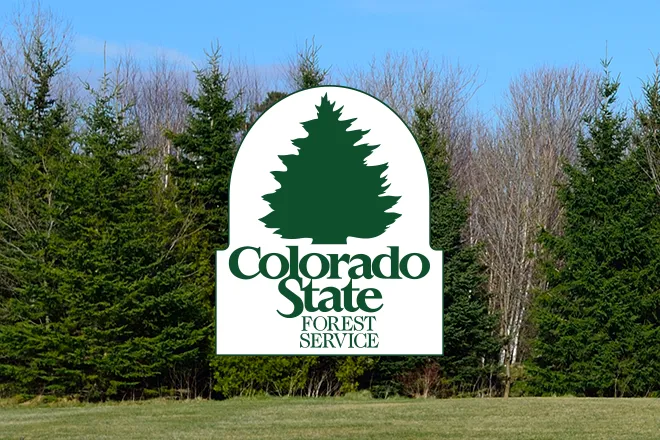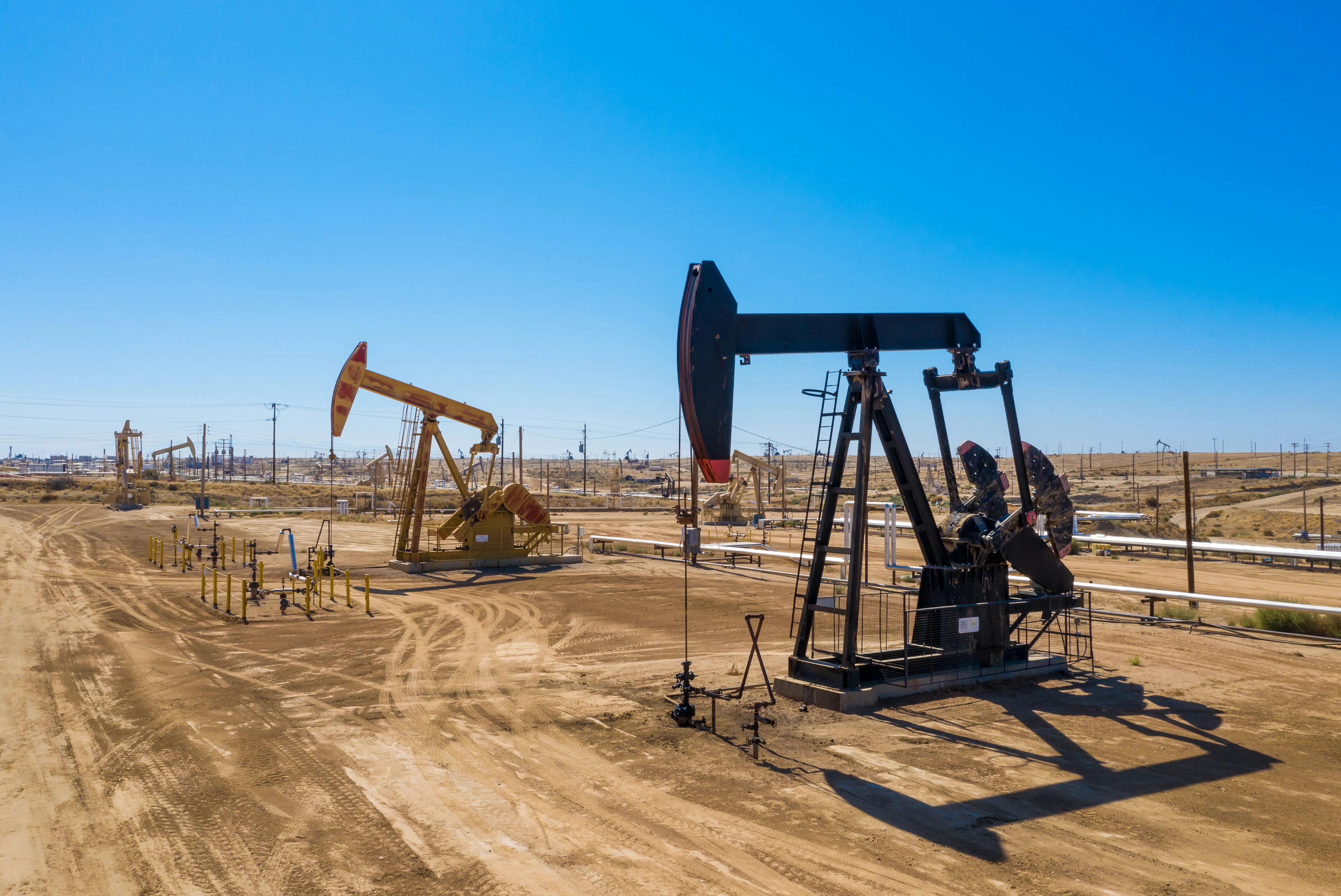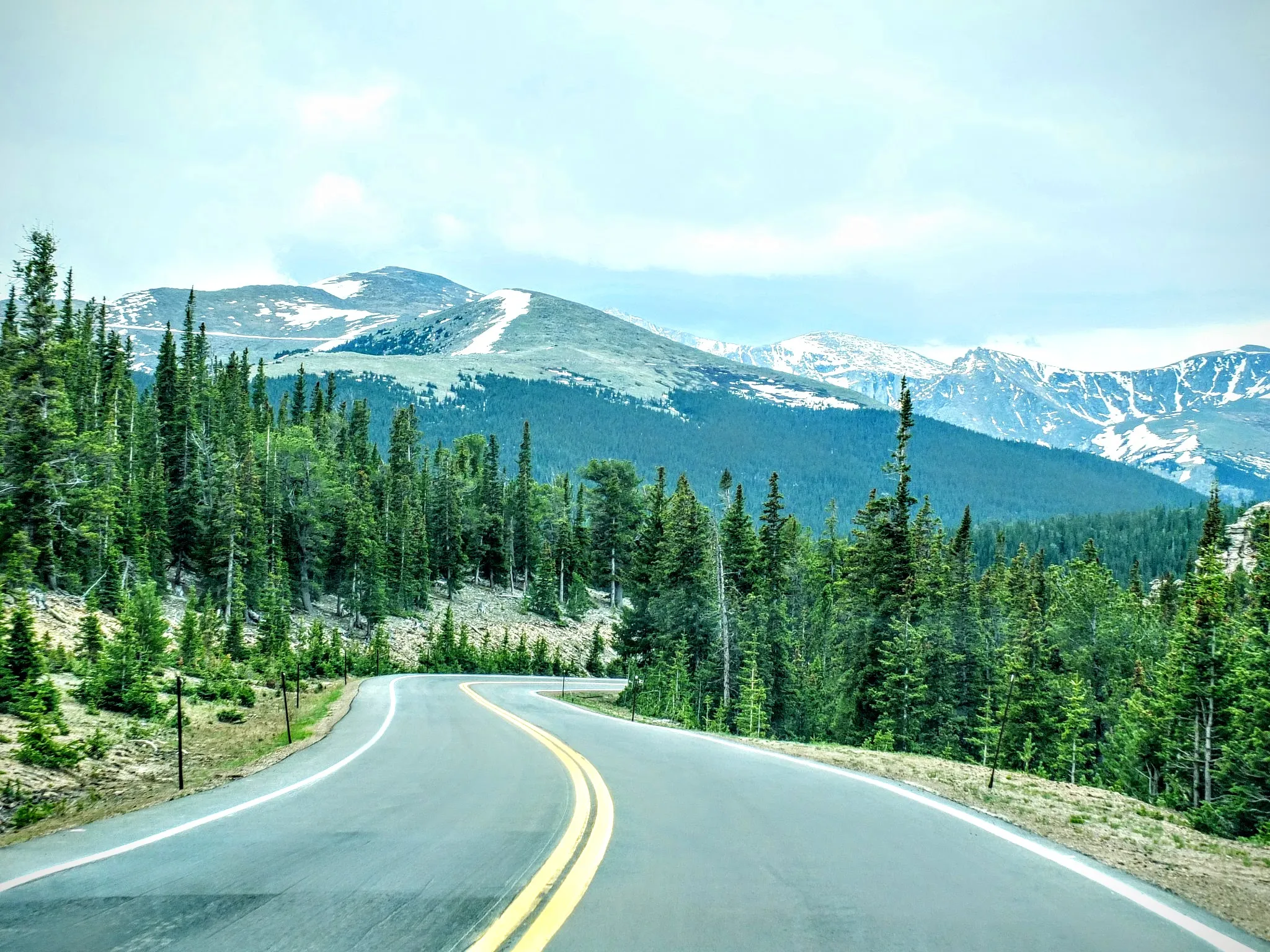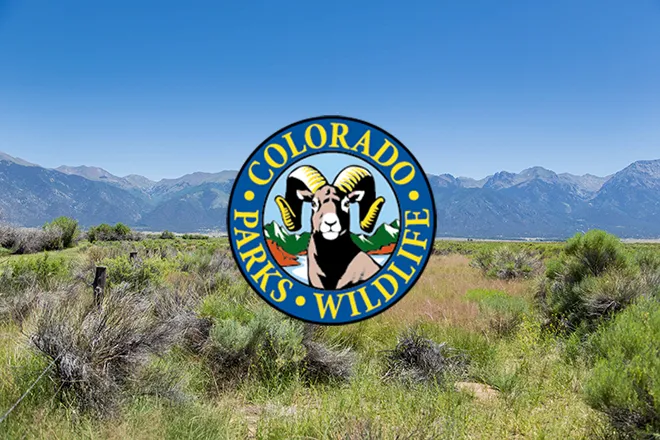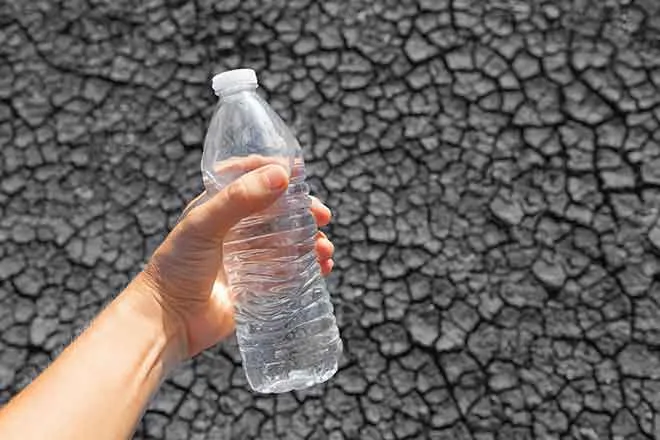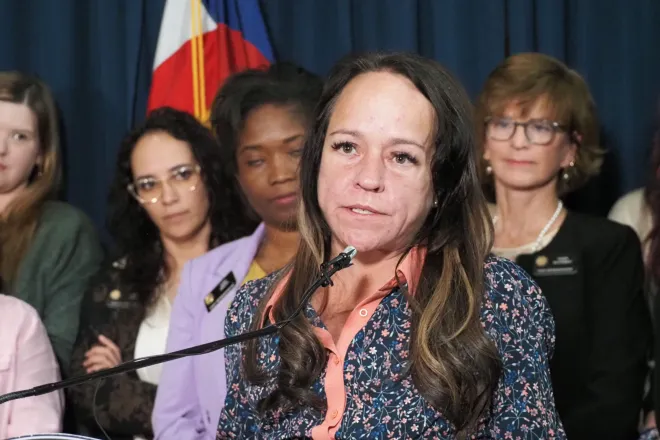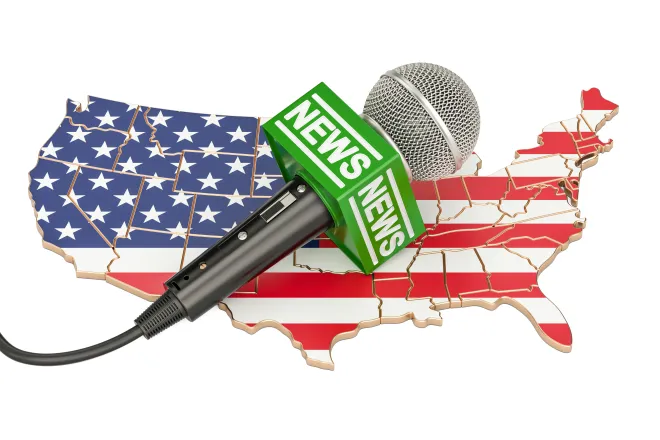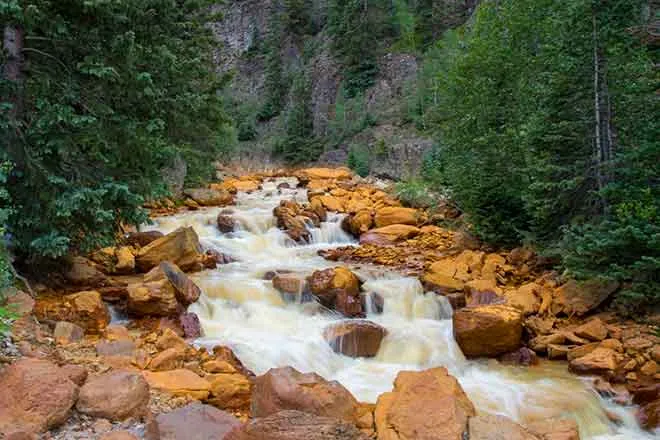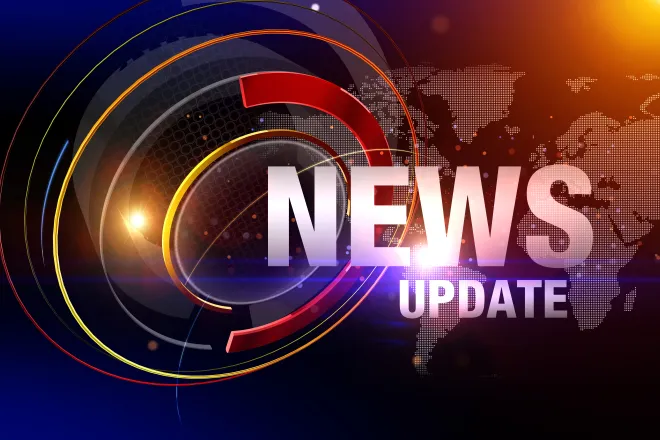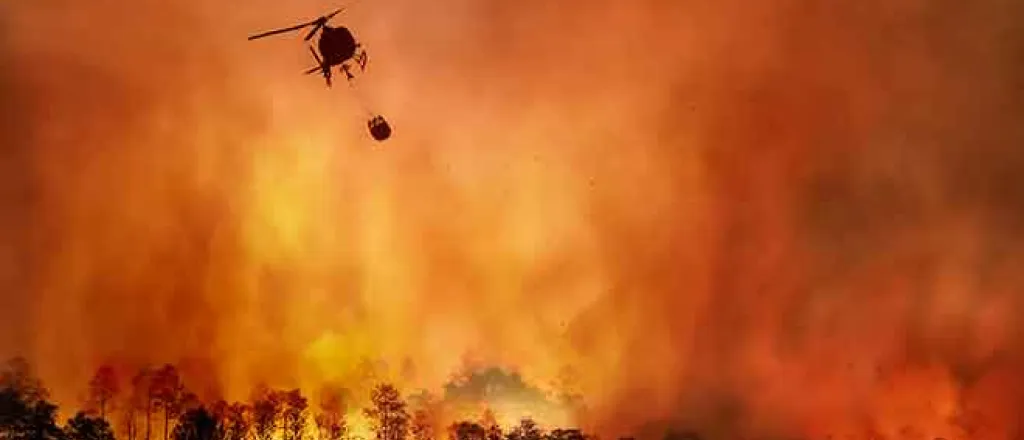
Western Slope wildfires already add up to Colorado’s worst fire year since 2020
High winds and extreme drought conditions in northwest Colorado have fueled the rapid growth of two wildfires this week near Meeker in Rio Blanco County, where firefighting crews say they’re prioritizing structure protection with “limited resources” on hand.
The Lee Fire, west of Meeker, nearly doubled in size Tuesday and has now burned 22,497 acres, predominantly on Bureau of Land Management land south of Colorado Highway 13. About 20 miles to the east, the Elk Fire is estimated at 8,304 acres in size. Both fires are believed to have been started by lightning strikes August 2.
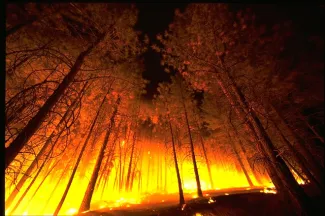
Jeramy Dietz, operations section chief with the Rocky Mountain Incident Management Team responding to both fires, said in a video update Wednesday that crews are developing plans “based on our highest values at risk, with our limited resources that we have on hand.”
With the latest growth, the estimated area burned in Colorado by 11 major wildfires in 2025 now stands at 64,196 acres, according to federal data. That doesn’t include smaller fires suppressed by state and local first responders, but it already makes for the state’s worst fire year since 2020, when multiple historic blazes burned a record-setting 625,357 acres, according to National Interagency Fire Center data.
Other large Colorado fires this summer include the Turner Gulch Fire, which has burned over 24,000 acres east of Gateway, near the Colorado-Utah border, and is currently 49 percent contained; and the 4,232-acre South Rim Fire, which has forced the closure of parts of Black Canyon of the Gunnison National Park and is estimated at 52 percent containment.
Drought conditions classified as “severe” or “extreme” currently extend across the majority of Colorado’s western half, according to the U.S. Drought Monitor. A critical fire weather advisory for western Colorado and several neighboring states has been issued by the Rocky Mountain Area Coordination Center, a Denver-based branch of the NIFC, and will remain in place through at least mid-August.
“After a dry winter with minimal snowpack fuel moistures are well below normal, and much of the region is under severe to extreme drought,” the agency warns. “Extreme fire behavior marked by rapid spread, torching, and resistance to control is being driven by critically dry … fuels, and drought-stressed brush and trees. As heat intensifies and fuel moistures decline further, fire potential will remain elevated across the area.”
Colorado public health officials have issued health advisories for wildfire smoke in 17 counties across the state, including the Denver area and the northern Front Range. People “with heart disease, respiratory illnesses, the very young, and older adults” are advised to limit outdoor activities.
Due to climate change, much of Colorado has grown hotter and drier in recent decades, increasing wildfire risk. The three largest wildfires in Colorado history all occurred in 2020, and the state’s 20 biggest fires on record have all occurred in the past 20 years. Rising levels of greenhouse gases, mostly the result of fossil-fuel combustion, have caused much of the Western Slope to warm by an average of more than 4 degrees Fahrenheit above pre-industrial levels, and the region’s current “megadrought” is its worst dry spell in at least 1,200 years.

